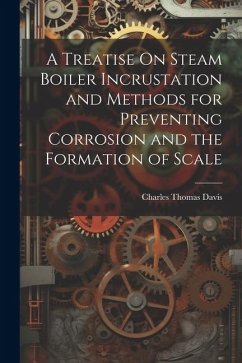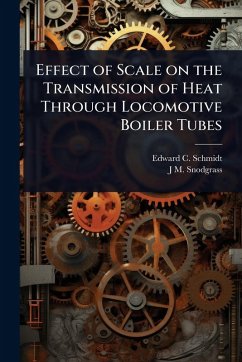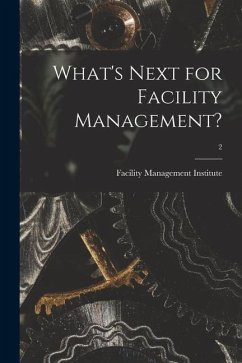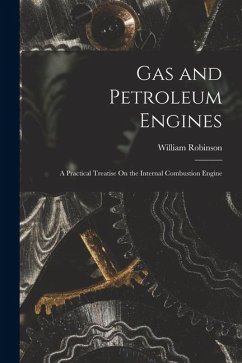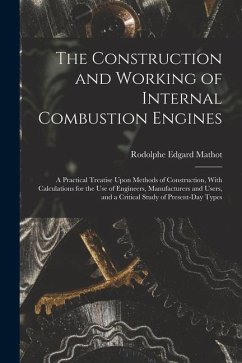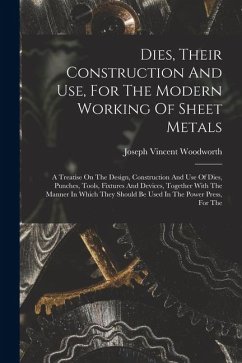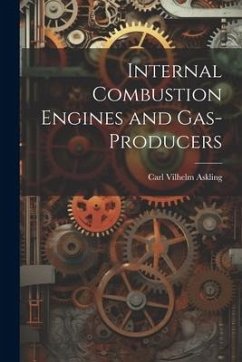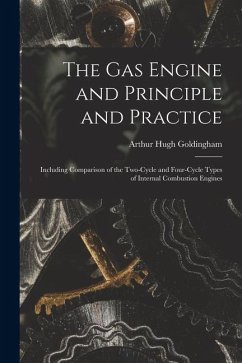
Design, Build and Validation of a Small Scale Combustion Chamber Testing Facility
Versandkostenfrei!
Versandfertig in über 4 Wochen
17,99 €
inkl. MwSt.
Weitere Ausgaben:

PAYBACK Punkte
9 °P sammeln!
This study investigated the design parameters necessary for the construction and use of a testing facility built to evaluate advanced combustor designs for future gas turbine engines. User inputs were acquired by interview and by evaluating facilities at other organizations and used in the decisions made in the accuracy, capability, safety and flexibility of pieces of machinery and how different systems were to interact. All systems and measurements are designed to be compliant with the guidance set forth in SAE ARP 1256. Safeguard systems were also designed into the facility to maintain a saf...
This study investigated the design parameters necessary for the construction and use of a testing facility built to evaluate advanced combustor designs for future gas turbine engines. User inputs were acquired by interview and by evaluating facilities at other organizations and used in the decisions made in the accuracy, capability, safety and flexibility of pieces of machinery and how different systems were to interact. All systems and measurements are designed to be compliant with the guidance set forth in SAE ARP 1256. Safeguard systems were also designed into the facility to maintain a safe work environment for the user. These safeguards include automatic fuel shut-offs, heater shut-offs, and general system power downs. While the system is designed to evaluate the testing of a planar 2-D section of the UCC, the labs now have the capability to analyze many systems. The facility, now built, has the ability to supply up to 260 SCFM of air in two legs with 200 SCFM and 60 SCFM splits. These air lines can be independently heated up to 500 -F. The testing area can flow both liquid and gaseous fuels, with a maximum flow rate of 340 mL/min for liquid fuels and 200 SLPM for gaseous fuels. The air flow and fuel flows combine to allow equivalence ratios up to 4 for JP-8 fuels. The facility is also capable of testing systems requiring combustion analysis following SAE ARP 1256 for testing of emissions, a system that requires heated air or fuel, a system that requires an exhaust system to pull gasses out of the testing area, or a system that needs open flame. These additional capabilities allow further research to be conducted on site with an ability to report standardized results. This work has been selected by scholars as being culturally important, and is part of the knowledge base of civilization as we know it. This work was reproduced from the original artifact, and remains as true to the original work as possible. Therefore, you will see the original copyright references, library stamps (as most of these works have been housed in our most important libraries around the world), and other notations in the work. This work is in the public domain in the United States of America, and possibly other nations. Within the United States, you may freely copy and distribute this work, as no entity (individual or corporate) has a copyright on the body of the work. As a reproduction of a historical artifact, this work may contain missing or blurred pages, poor pictures, errant marks, etc. Scholars believe, and we concur, that this work is important enough to be preserved, reproduced, and made generally available to the public. We appreciate your support of the preservation process, and thank you for being an important part of keeping this knowledge alive and relevant.



